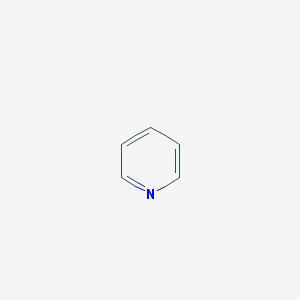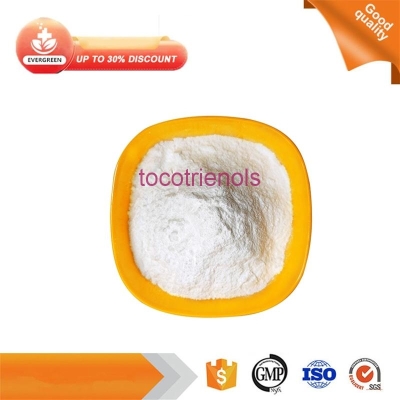-
Categories
-
Pharmaceutical Intermediates
-
Active Pharmaceutical Ingredients
-
Food Additives
- Industrial Coatings
- Agrochemicals
- Dyes and Pigments
- Surfactant
- Flavors and Fragrances
- Chemical Reagents
- Catalyst and Auxiliary
- Natural Products
- Inorganic Chemistry
-
Organic Chemistry
-
Biochemical Engineering
- Analytical Chemistry
- Cosmetic Ingredient
-
Pharmaceutical Intermediates
Promotion
ECHEMI Mall
Wholesale
Weekly Price
Exhibition
News
-
Trade Service
The Production Process of (4S)-(2,2-dimethyl-1,3-dioxolan-4-yl)-3-(4- hydroxybenzene) propanoic acid, methyl ester (Landiolol)
Landiolol, also known as (4S)-(2,2-dimethyl-1,3-dioxolan-4-yl)-3-(4- hydroxybenzene) propanoic acid, methyl ester, is a synthetic chemical compound that is commonly used as a vasodilator in the treatment of hypertension and other cardiovascular conditions.
The production process of Landiolol involves several steps, including the synthesis of the basic compound, its purification, and the formation of the final product.
Step 1: Synthesis of the Basic Compound
The synthesis of the basic compound involves a series of chemical reactions that convert starting materials into the desired product.
The starting materials used in the synthesis of Landiolol can vary depending on the manufacturing process and the purity of the final product required.
In general, the synthesis process involves the following steps:
1.
1: The reaction of 2,2-dimethyl-1,3-dioxan-4-one with formaldehyde in the presence of a Lewis acid catalyst, such as aluminum chloride or ferric chloride, to form a hemiacetal compound.
1.
2: The reduction of the hemiacetal compound with lithium aluminum hydride (LiAlH4) to form an alcohol compound.
1.
3: The reaction of the alcohol compound with a halogenated derivative of benzene, such as 4-chloro-1,3-benzene dimer, in the presence of a strong acid catalyst, such as sulfuric acid, to form a halogenated derivative of the alcohol compound.
1.
4: The dehydrogenation of the halogenated derivative of the alcohol compound with a transition metal catalyst, such as palladium on barium oxide, to form a halogenated derivative of the acid compound.
Step 2: Purification of the Basic Compound
After the synthesis of the basic compound, the resulting product is typically impure and requires further purification to remove any unwanted impurities or contaminants.
The purification process can involve a variety of techniques, including crystallization, chromatography, and distillation.
The specific purification process used depends on the properties of the impurities present in the product and the desired purity of the final product.
Step 3: Formation of the Final Product
After the purification of the basic compound, the final step in the production process is the formation of the final product, Landiolol.
This involves the esterification of the basic compound with methanol in the presence of a strong acid catalyst, such as sulfuric acid, and a solvent, such as ethyl acetate.
The reaction conditions, including temperature and time, must be carefully controlled to ensure the formation of the desired product.
Quality Control and Assurance
To ensure the quality and efficacy of the final product, Landiolol, various quality control and assurance measures are typically put in place during the production process.
These measures may include:
- Raw material testing: The starting materials used in the production process are tested for purity and identity to ensure that they meet the required specifications.
- Intermediate testing: The intermediate compounds formed during the synthesis process are tested for purity and identity to ensure that they meet the required specifications.
- Final product testing: The final product, Landiolol, is tested for properties such as chemical composition, drug release, and stability to ensure that it meets the required specifications.
- Microbial testing: The final product is tested for the presence of microbial contamination.
Con







